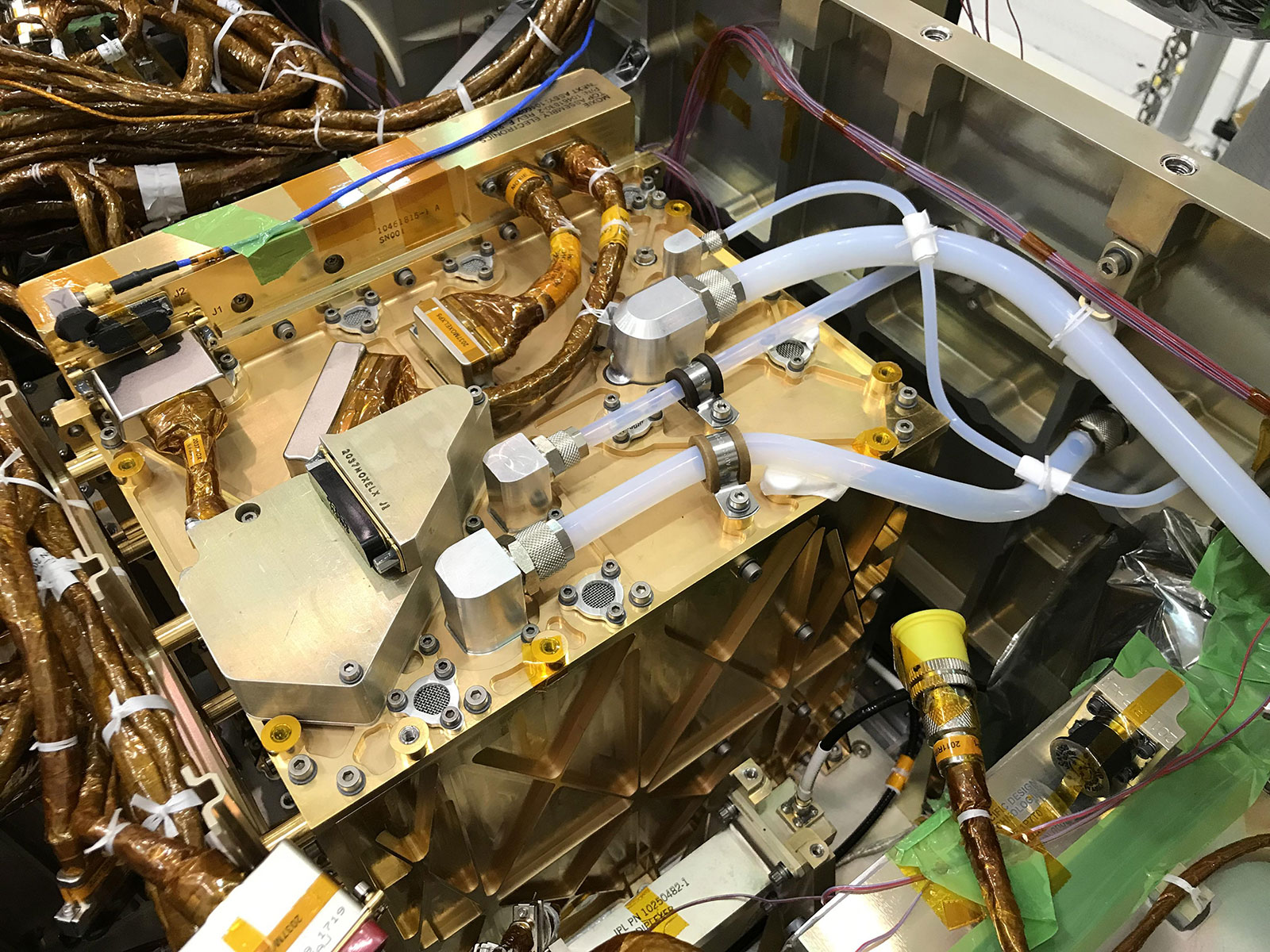Inside the Perseverance rover is a small laboratory called Mars Oxygen in Situ Resource Utilization Experiment or MOXIE. The laboratory is the size of a small box, but has a big goal – the production of oxygen from carbon dioxide on Mars. In this way, the rover paves the way for providing resources for future crew missions on the Red Planet.

This summer MOXIE successfully produced oxygen. Then the rate of production of vital gas was 10 g per hour. The device works by taking carbon dioxide from the atmosphere of Mars, and then turns it into oxygen and carbon monoxide using chemical reactions. Carbon monoxide can be released, and oxygen can be stored, so that the system works as a fuel cell in the opposite direction.

Recently, MOXIE was launched again, and it managed to surpass previous figures. In August of this year, it was producing 10.44 g of oxygen per hour at its peak, and on November 28 it was already producing 10.56 g per hour. Of course, the numbers may not seem too big, but it demonstrates that MOXIE really works and, thanks to optimization, even increases the volume of production.
The idea is that a larger version of the lab can be used for future manned missions. The most interesting thing is that the production of oxygen is needed not so much for breathing, but as an oxidizer for the fuel of rockets taking off from the surface of Mars. But this requires a large amount of this gas. According to NASA, a very large laboratory could work 200 times faster than MOXIE. In a year, such a system would be able to generate enough oxygen to launch a rocket into space.
Earlier we reported on how the Earth is rapidly losing oxygen.
According to NASA
Follow us on Twitter to get the most interesting space news in time
https://twitter.com/ust_magazine

